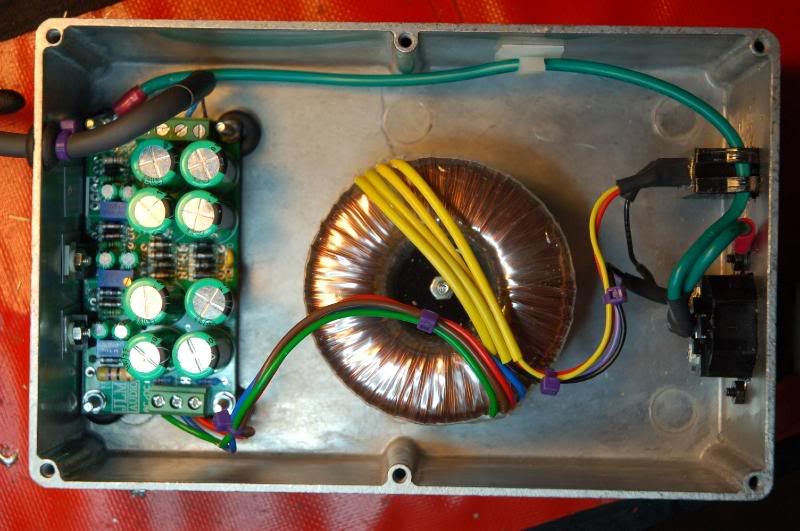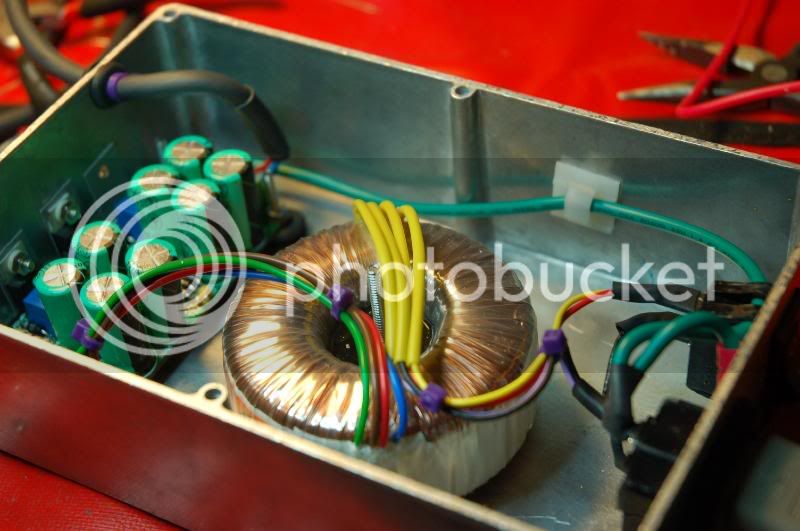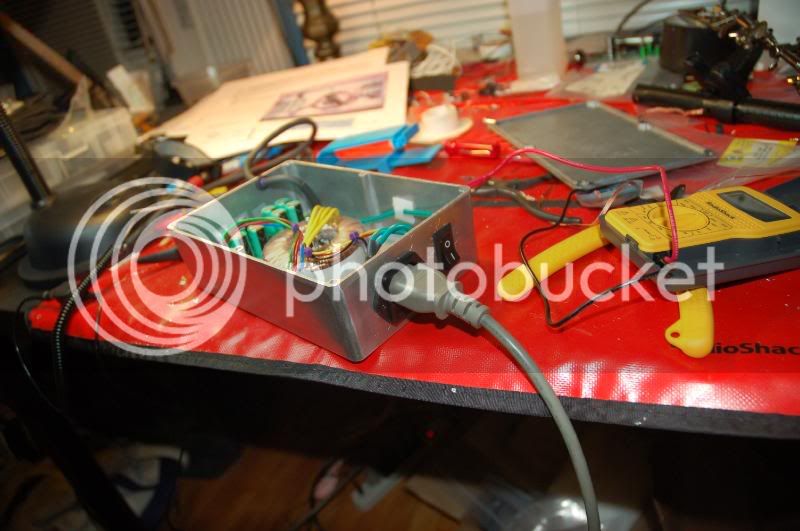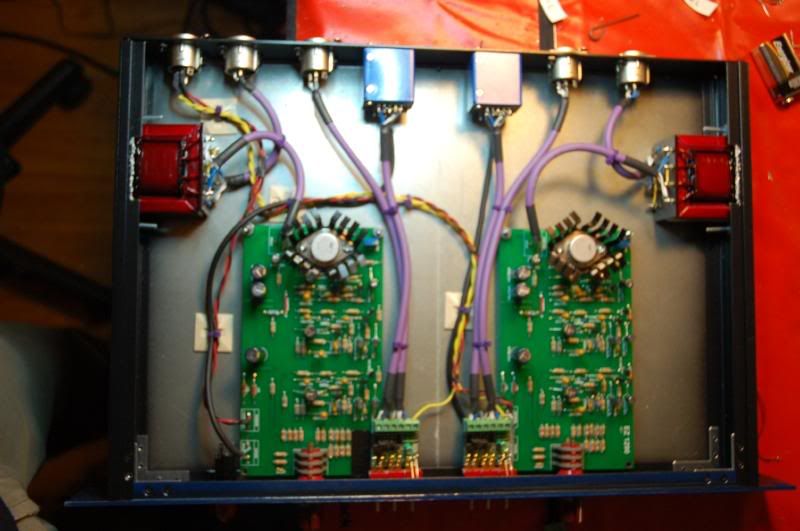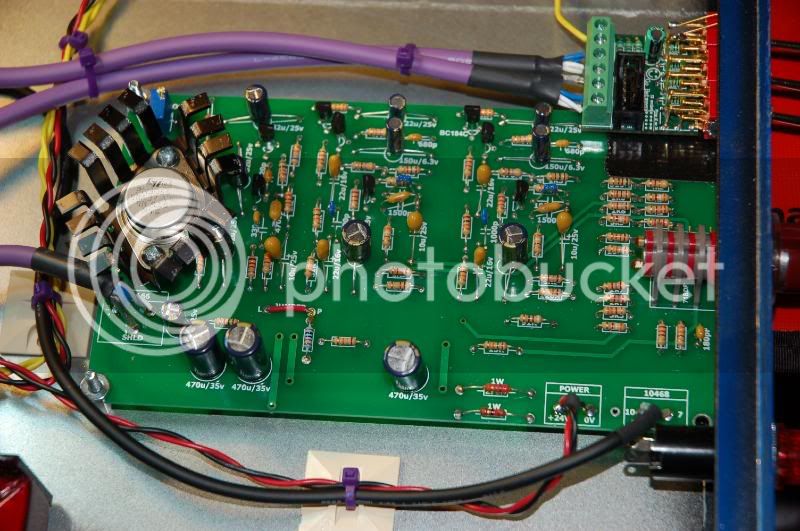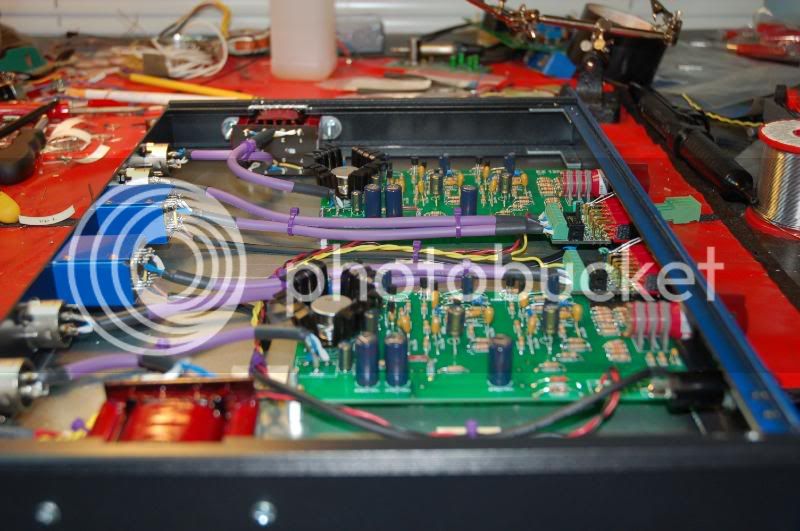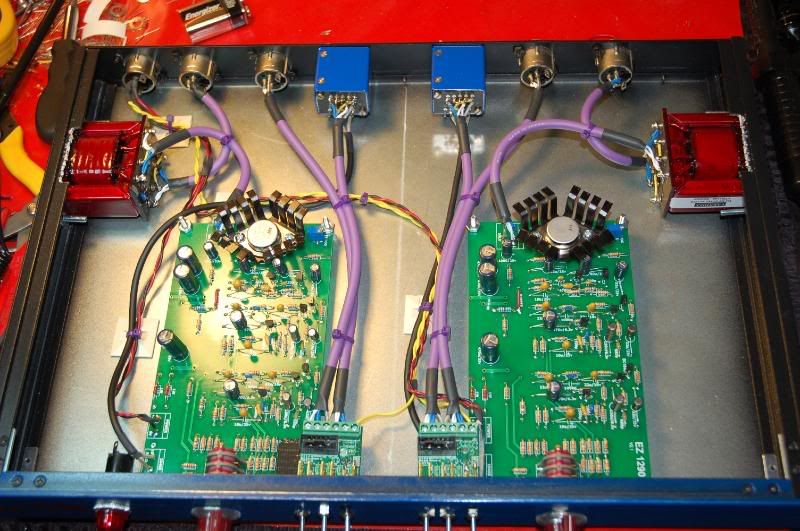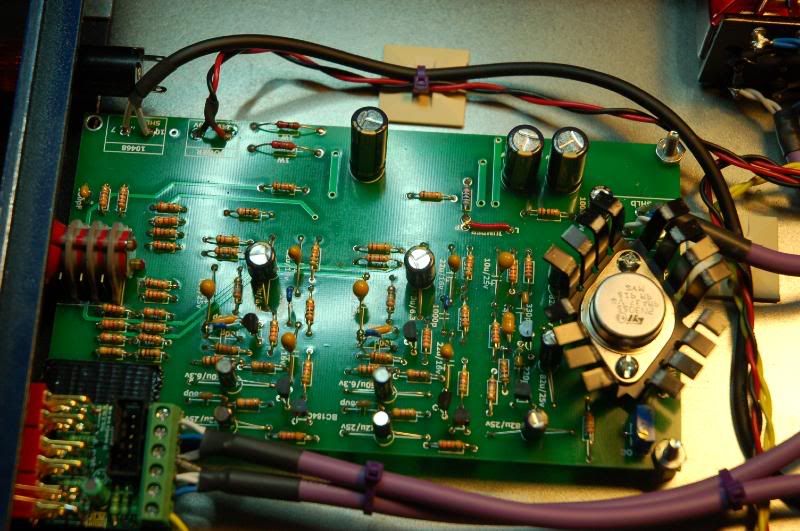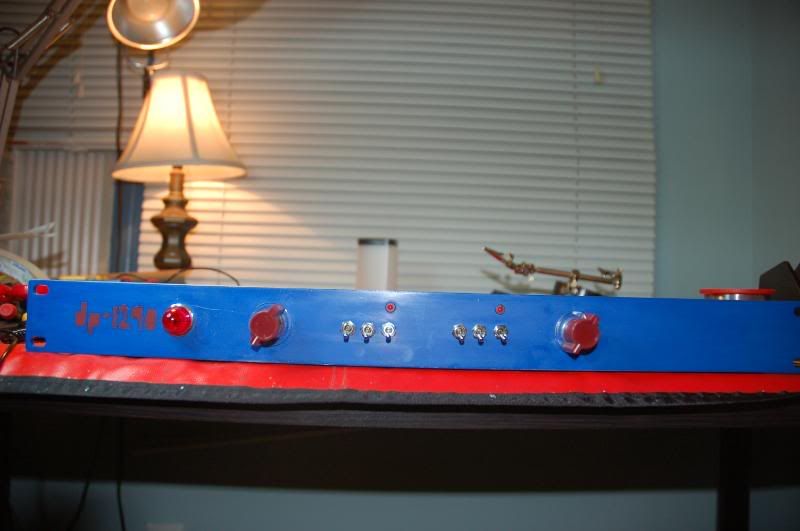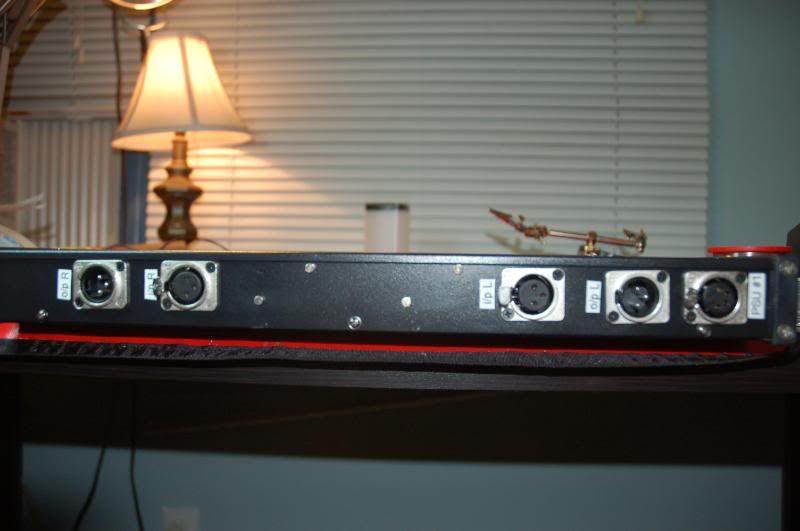No sarcasm intended Sig, just maybe badly interpreted humour? Fader is usually used in conjunction with linear movement pots that is why I presumed (albeit falsely). Appologies for any misconstrued meanings (but isn't the smily there for that?).
Jim
Jim
Siegfried Meier said:Bluzzi said:The NEVE drawings call for a fader. A fader is just a pot with a linear (straight) interface instead of a rotary one. They are interchangeable.....and will fit a 1RU a lot easier. ;D
Jim
Wow thanks for the tip (lays down sarcasm pretty thick). Of course I wasn't actually referring to a linear fader, I was referring to a rotary fader. I was asking what others used for a ROTARY fader.
Thanks for the info 3nity - does the 5k cut the signal completely? Or is that what the 10k does? I can always replace with the P&G type later on, good to know regular alphas work too for the time being.
Thanks,
Sig




